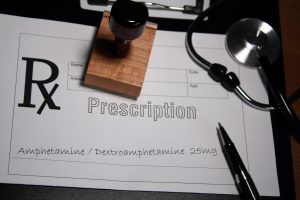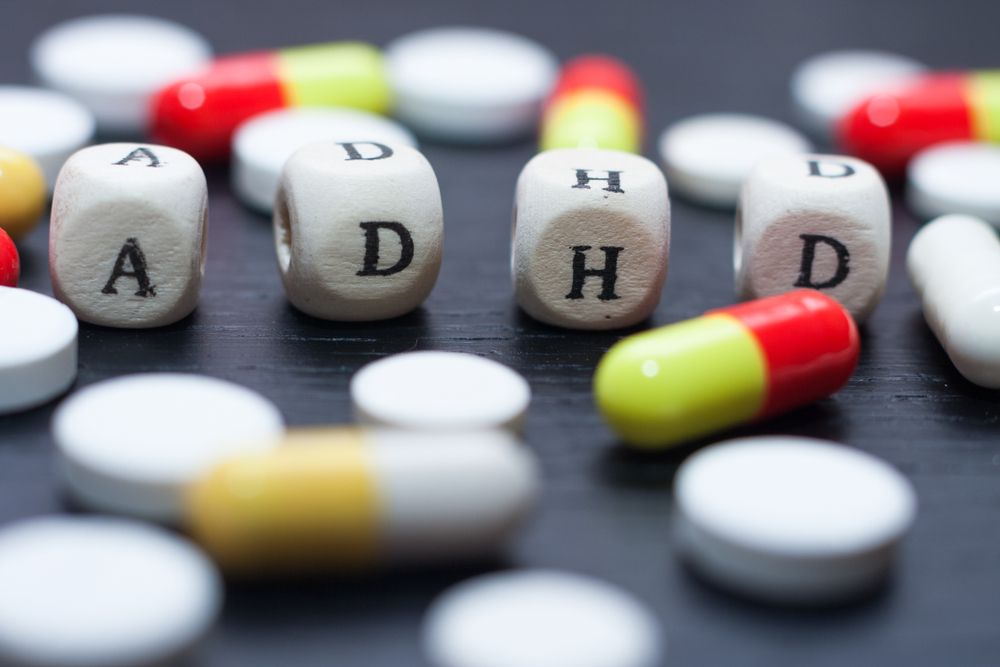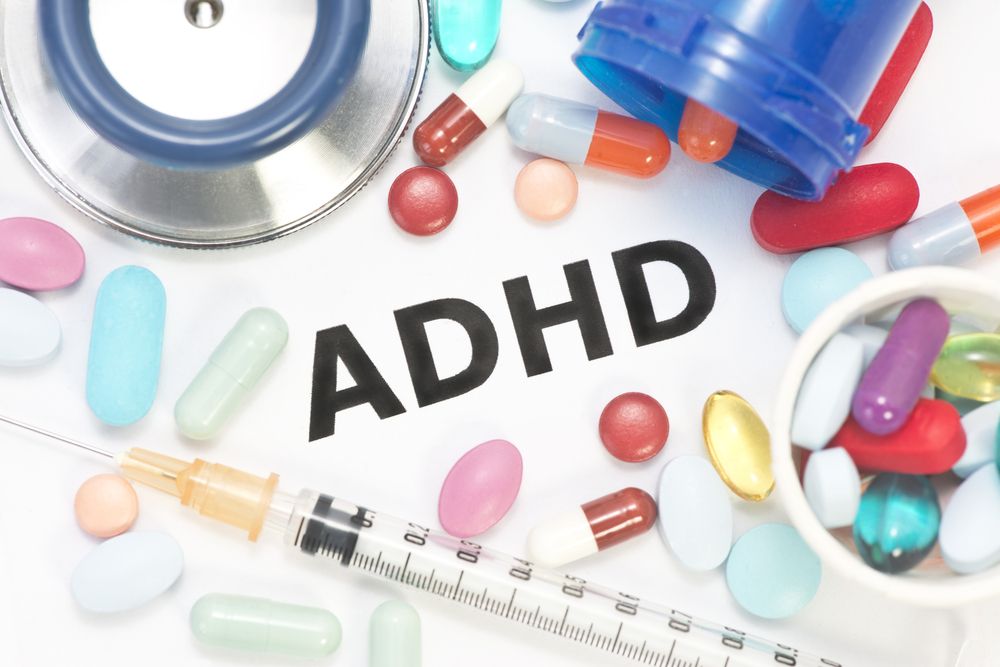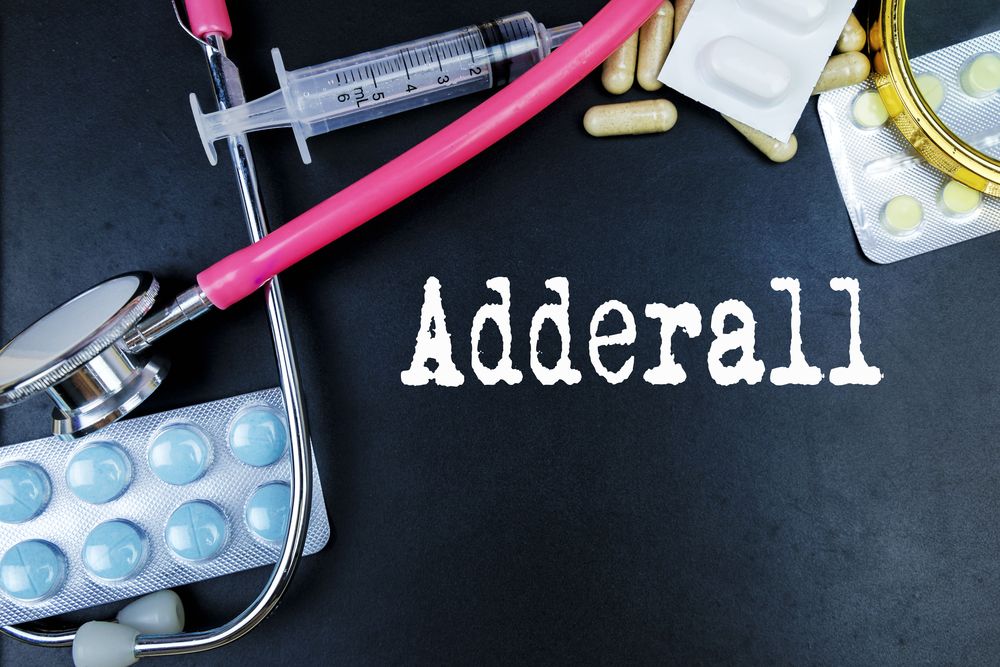Attention deficit hyperactivity disorder (ADHD) is categorized by some combination of inattention, hyperactivity, and impulsivity. It has no cure but symptoms can be treated with a variety of medications, including Adderall.
Adderall is a fairly powerful stimulant. While it has a risk of abuse and potentially serious side effects, the drug helps many users. (Learn More)
There are other stimulants that exist as an alternative to Adderall if it is proving ineffective or having too many detrimental side effects. Stimulants are the first-line treatment for ADHD because they work for 70 to 80 percent of users and are statistically the most effective treatment option. Alternatives to Adderall generally carry similar risks and side effects, but a user who reacts poorly to one stimulant may not always react as poorly to another. (Learn More)
If stimulants prove ineffective, there are several non-stimulant options to treat ADHD. In addition to generally being less effective than stimulants, this class of drugs has a different but still serious set of potential side effects.
Perhaps the most serious is that non-stimulants can sometimes cause suicidal thoughts, especially in teens. However, for users for whom stimulants prove ineffective, non-stimulants can sometimes be a genuine help with ADHD symptoms. (Learn More)
If you are honest with your doctor about your habits, your health, and any concerns you have, Adderall is considered safe if your doctor determines it is a good fit for you. It is a serious prescription drug with its own set of risks, but it can help many people gain better control over their ADHD.
Never take the drug except as prescribed and report any serious side effects as soon as you notice them. (Learn More)

Treating ADHD With Adderall
Attention deficit hyperactivity disorder (ADHD) is a disorder that manifests between the ages of 3 and 6, although it may go unnoticed for years in some individuals. Some people struggle without a diagnosis well into adulthood.
The disorder is characterized by some combination of inattention, hyperactivity, and impulsivity.
The severity of these symptoms and the ways they manifest will vary. For example, some people may struggle with inattention but not be particularly hyperactive. Others may not particularly struggle with paying attention, but they might have an excess of energy.
While ADHD is a lifelong disorder with no cure, it can be treated with medications. One of the most commonly used medications is Adderall. This drug is a central nervous system stimulant.
As often noted, stimulants have seemingly paradoxical effect on those with ADHD. Despite their name, they can help those with ADHD focus and level out their hyperactivity.
Adderall is not without risks and downsides. It is a relatively powerful stimulant and has a risk of abuse that needs to be accounted for. Its side effects can also be fairly serious in some users, and some will find that its benefits are not worth how their bodies react to it.
Alternative Stimulants
Avoiding stimulants out of hand is not a good strategy to approaching ADHD treatment. They are first-line treatments for a reason. While alternatives are available, stimulants have been shown to be more effective on average in treating ADHD symptoms than alternatives. Stimulants work for about 70 to 80 percent of people who use them to control their ADHD.
Some fear stimulants may impact a child’s growth, but follow-up studies have shown evidence of this is lacking, and if such suppression does occur, it likely is reversible with vigilance and withdrawal of the treatment. The legitimate concern therefore comes down to a drug’s risk of abuse and its more verifiable side effects.
Broadly speaking, stimulants can be put into two categories:
- Short-acting stimulants (Methylin, Ritalin, Zenzedi, Adderall): These stimulants are meant to be taken periodically throughout the day. They generally last for 3 to 6 hours, meaning a user may take three or four in a 24-hour period.Side effects of these stimulants can include reduced appetite, weight loss, sleep problems, crankiness, and tics.
- Intermediate- and long-acting stimulants (Adderall XR, Mydayis, Evekeo): These stimulants last longer in the body, meaning fewer pills need to be taken. Generally they last somewhere between 6 and 12 hours, with intermediate-acting medications lasting for less time than long-acting ones.Side effects are similar to those associated with short-acting stimulants. Notably, these medications may be more convenient for many, but they can have a greater impact on appetite and sleep.
If a stimulant is an amphetamine (which Adderall is), the FDA has issued a risk of abuse warning. The FDA warns both amphetamine and methylphenidate stimulants can cause heart and psychiatric problems.
If you have concerns, talk about these risks with a doctor.

Nonstimulants
As the name implies, non-stimulants are alternatives to stimulants that can still be used to treat ADHD symptoms. Generally, they are used when stimulants don’t work well for someone.
Non-stimulants tend to be less effective than stimulants, on average, in treating ADHD. As a result, they are only used after someone first tries stimulants.
Nonstimulant medications can take several weeks to take full effect. They have been shown to help users concentrate better and gain more impulse control.
Side effects can include fatigue, upset stomach, dry mouth, and nausea. Blood pressure is also known to sometimes rise if someone stops taking a non-stimulant.
One of the most troubling potential side effects for users of nonstimulants is a risk of suicidal thoughts, and by extension suicide, in users. Generally specific to its use in teens, users and their guardians need to monitor for suicidal thoughts and seek help immediately if such thoughts occur.
Some common nonstimulant medications include Kapvay, Strattera, and Catapres. If you have been reacting poorly to stimulants, ask your doctor about the possibility of trying a nonstimulant. Just bear in mind the unique risks, and the fact that non-stimulants are often less effective at controlling ADHD symptoms.
Should Adderall Be Avoided?
Adderall, along with other stimulants, has a reputation for illicit use. It admittedly carries its own set of risks that must be properly accounted for when debating its use, but this is true of most prescription drugs.
This does not mean the drug should be dismissed as dangerous and never used. For those with weak hearts or a history of drug abuse, Adderall will often not be the right fit.
An honest discussion with your doctor should help you determine if Adderall is right for you. Adderall can help with ADHD symptoms and represents a net gain in quality of life for many legitimate users.
This said, Adderall is a serious drug. Never self-prescribe, and only take the drug as prescribed. If you experience any serious side effects, including common side effects that seem particularly severe, mention this to your doctor as soon as possible.
If your doctor recommends an alternative to Adderall, remain in close communication regarding your experience on the new medication.
References
ADHD Medications and Side Effects. (March 25, 2019). WebMD.
Wellbutrin vs. Adderall. (February 12, 2019). RxList.
Dextroamphetamine and Amphetamine (Oral Route). (March 1, 2019). Mayo Foundation for Medical Education and Research (MFMER).
Non-Stimulant Medications Available for ADHD Treatment. (June 17, 2016). American Academy of Pediatrics.
Treatment of ADHD. (December 14, 2018). CDC.
Dealing With ADHD: What You Need to Know. (October 12, 2016). FDA.
ADHD Update: New Data on the Risks of Medication. (October 2006). Harvard University.
ADHD Stimulants and their Effect on Height in Children. (February 2010). Canadian Family Physician.
Prescription Stimulants in Individuals With and Without Attention Deficit Hyperactivity Disorder: Misuse, Cognitive Impact, and Adverse Effects. (September 2012). Brain and Behavior.





